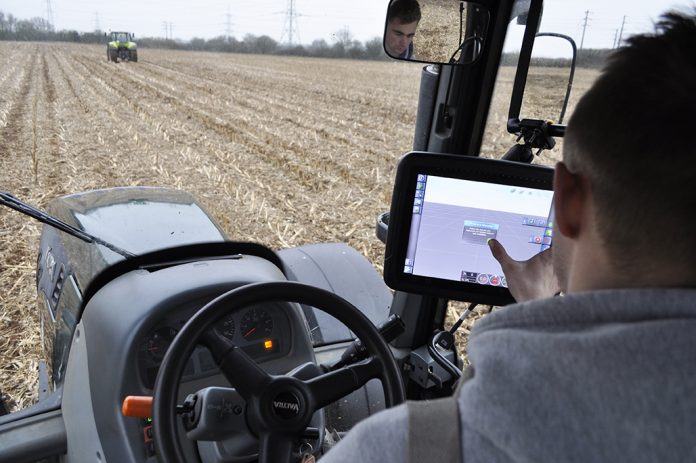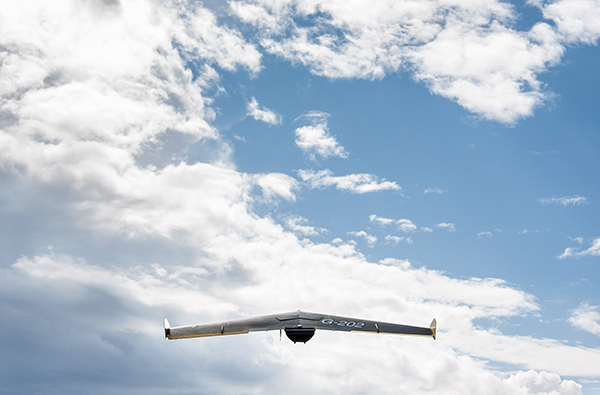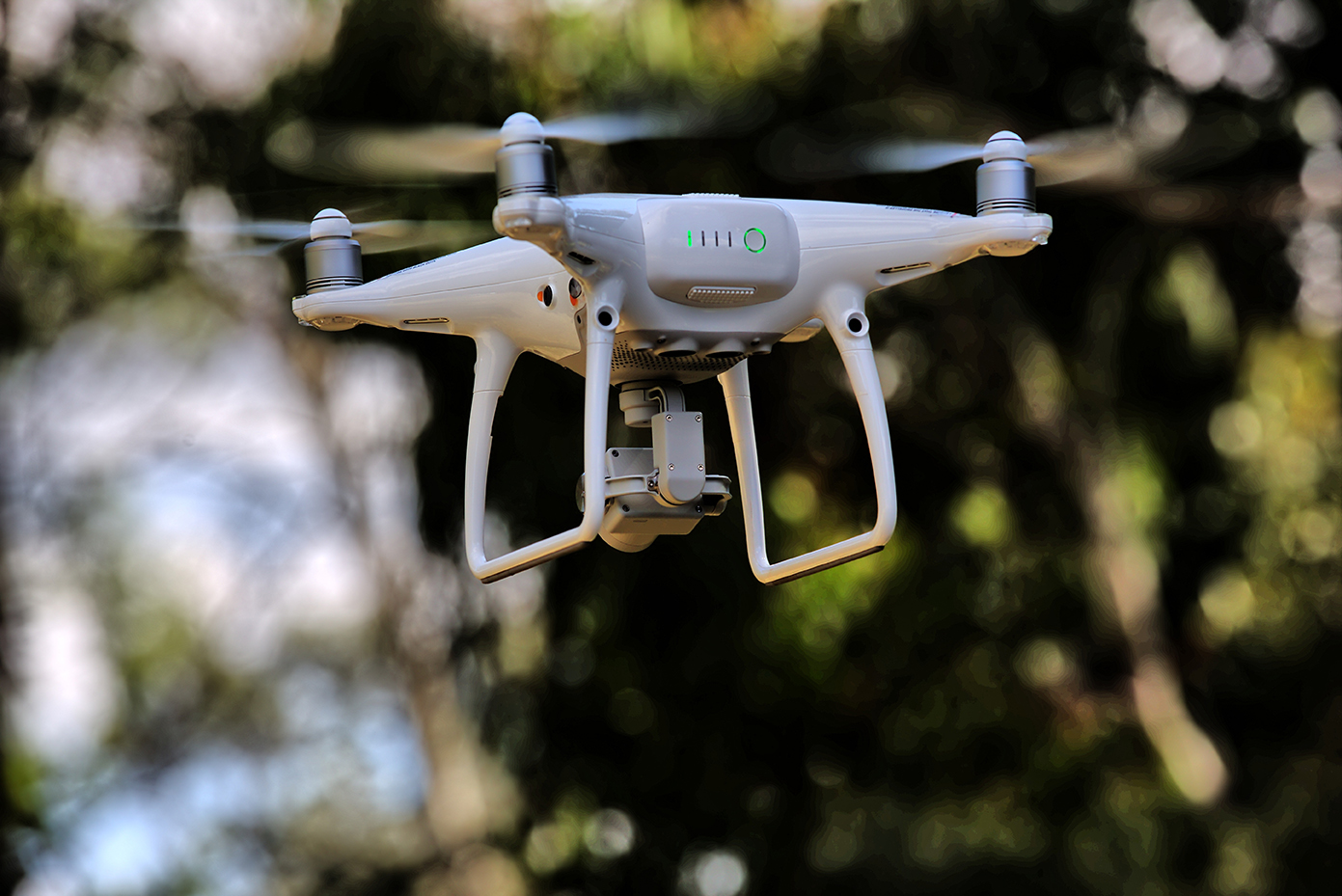
Paddy Bradley, Director of the Swindon and Wiltshire Local Enterprise Partnership outlines the development of autonomous vehicles technologies for today’s defence industry
The development of autonomous vehicles technologies has the potential to revolutionise logistics and distribution from the use of drones through to innovation in agri-tech and energy applications. Defence industry-related activity in this area will be the catalyst for growth and new technology development in this field in Swindon and Wiltshire and relates well to the foci of the Industrial Strategy Challenge Fund. The opportunity is there to transform the technology of military drones into commercial and public-sector applications.
Defence technology
The defence industry has led much of the development of unmanned autonomous vehicles on land, sea and in the air. The growth of technological developments and applications are continuing to expand at a rapid rate. IHS Markit1, a business providing critical information, analytics and solutions for the major industries and markets that drive economies worldwide, commented in January 2017 that over the next 10 years sales of unmanned military aerial vehicles will exceed $82 billion globally, involving 63,000 new vehicles. Many of the unmanned ground vehicles, such as those used in combatting the threat of improvised explosive devices, were delivered to more than a decade ago. The IHS forecast is for sales of circa 30,000 vehicles up to 2025, largely to replace the existing stock with technologically more advanced applications.

Between 2016 and 2025, approximately $4.9 billion will be spent on unmanned ground vehicles globally. Unmanned sea vehicles have been used for decades for mine hunting and exploration, but are still at a relatively early stage of development. The growth in sales for unmanned sea vehicles will be $900 million by 2025, compared to the growth of $800 million for unmanned ground vehicles. Globally, sales of unmanned sea vehicles will reach $6.5 billion by 2025. The overall market for military unmanned vehicles is huge and growing, accounting for sales close to $100 billion over the next decade.
Commercial development
Albeit at a much earlier stage of development and with a smaller market, we are beginning to see applications of drone technology within the private and public sector. Dorset Police recently announced the creation of a high-tech drone unit and in so doing are amongst the first police forces to deploy such technology through a dedicated unit.
In collaborative research, the forces across Dorset, Devon and Cornwall began exploring drone use in November 2015. The drones will be used in missing person searches and crime scene photography, as well as major traffic collisions. They will also track along the 600 miles of the Dorset coastline to help combat wildlife crime. They will provide operational support across Dorset, Devon and Cornwall. Drones can reach sites of emergencies quicker than road vehicles and are already operating to send aerial video to emergency planning teams. Delivery of first aid equipment and drugs by drones will also enhance survival chances of victims of emergencies.
Private use of drones has caused a lot of concern due to the irresponsible and highly dangerous flying of drones near airports and in planes’ flight paths. The government’s intention to introduce licensing of drone flying is welcomed. Thankfully, there are already businesses that have taken a responsible route to the exploitation of drone technology and are registered with the Civil Aviation Authority. Commercial aerial photography is an obvious development from initial military use to spy on forces and activity from a safe height and in a largely undetectable unmanned vehicle. It provides a cheaper alternative to photography from fixed-wing aircraft or helicopters, whose technology also emerged from military use. For example, in the earlier example of Dorset police’s use of drones, they are deploying unmanned vehicles costing in the region of £1,300 to £2,000. Thermal cameras for drone application cost £6,000 and a zoom camera £800. Helicopters cost the police about £800 per hour. The numbers do add up for drone use and the equipment costs will only reduce as deployment increases.

Drones enable a range of applications as the size and manoeuvrability of the vehicle to enable it to get close in and take detailed pictures of small features. This capability lends itself well to inspections of buildings and surveying of sites. It is also a boon to people looking for dramatic views to market products, ideas or sees the impact of a large infrastructure improvement such as a major road or rail-bridge or the regeneration of a city centre site.
Drone technology is also helping to open up the world of planning and development of new and heritage buildings. Using the ability of cameras on drones and application software to render levels of accuracy to millimetres, potential clients and members of the public can see what a building looks like now in its current setting, what the views are like from the building and how light and shadow play out during a day. The new design can be incorporated into the aerial photography to show the proposed updated arrangement and what will change and what will remain the same. Most people find it difficult to translate a two-dimensional drawing into a three-dimensional view in their mind. We can already translate a drawing into a three-dimensional image on a computer screen and with high-resolution is already a much-improved product. The merging with actual aerial photography takes the proposition further. It has the great potential to make better-informed decisions about building design, planning decisions and can really make public consultation worthwhile and widely accessible.
Use in agriculture
There is exciting research being carried out by Harpur Adams University, in collaboration with Precision Decision Ltd into an alternative approach to robot farming. They have called the project the “Hands Free Hectare”2. The aim is to carry out a full farming cycle from preparation of the land, planting, maintenance and harvesting without any human setting foot on the field. The site will be developed by unmanned ground vehicles and overflying drones controlled by humans using application software. It is the case that a modern farm tractor can already use GPS to decide where, for example, to deposit pesticides and fertilisers and how much in each case.
Making the tractors fully autonomous is the next logical step. However, the Harpur Adams study is looking at this issue from a different viewpoint. Existing tractors are heavy, which means they can crush and compact the soil, which reduces yield and their size limits their accuracy when spraying the expensive chemicals. The Harpur Adams team is using prototypes of smaller, lighter and cheaper vehicles which will leave the soil in good condition and can deploy chemicals with pinpoint accuracy. The debate is yet to be decided as to whether farming in the future will be dominated by a few large, self-driving tractors or a fleet of smaller robot machines. It is likely the decision will be different on the plains of the USA and East Anglia in this country compared with more compact farms elsewhere in the UK.
Ploughshare
The story of transforming defence technology into commercial, business enterprises would not be complete without a mention of Ploughshare. The business was established in 2005 as DSTL’s Technology Transfer Office to actively pursue the commercialisation of publicly funded research for the benefit of all, whilst supporting DSTL’s obligations to the MOD. It does this through a mixture of license agreements and the establishment of spin-out companies. The process of releasing the economic potential of public sector research establishments is often a complex, lengthy with a high degree of uncertainty.
The research at places like DSTL may be at quite a fundamental level and many steps away from commercial exploitation. Despite these difficulties, since its inception, Ploughshare has commercialised more than 120 technologies and launched twelve spin-out companies, principally for civilian applications. It anticipates that by 2018, its license agreements will have created more than 500 high-value jobs, generated exports to the value of £223 million and attracted £130 million of external investment.
We are now seeing the civilian benefits of years of military research and development. Markets are now well established, surpassing known military spend and economics drives further innovation. We are witnessing cross-over and integration of systems as different sector specialists share ideas and learn from each other. The UK is in a position to consign to the dustbin, the oft-used adage that we are not good at converting research into commercial applications. From defence technologies, business enterprises are thriving.
1 Militaries Ramping Up Use of Unmanned Ground, Sea and Air Vehicles, IHS Markit Says, press release 9 January 2017.
2 BBC News Report 13 December 2016.
Please Note: This is a commercial profile
Paddy Bradley
Director
Swindon and Wiltshire LEP










